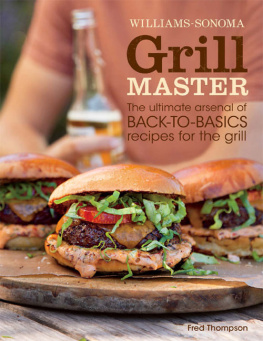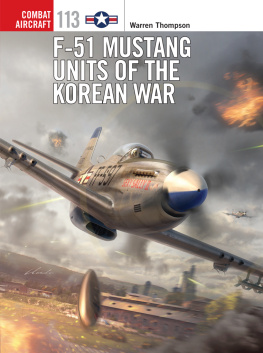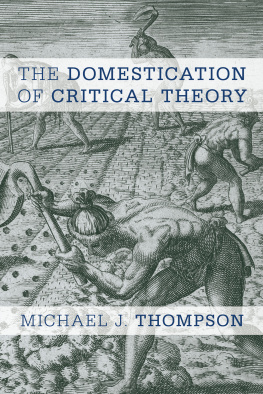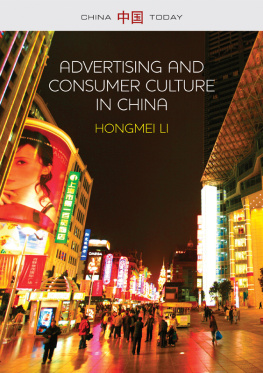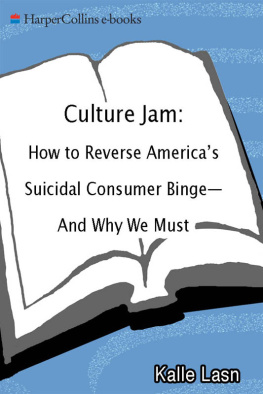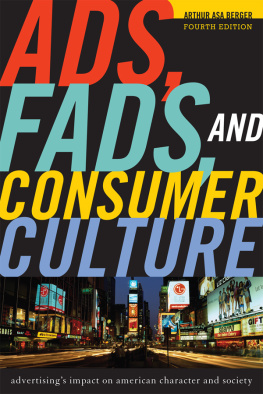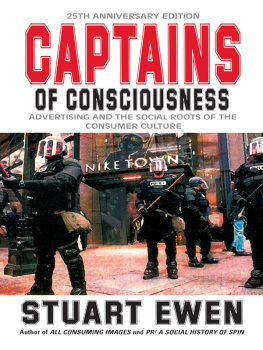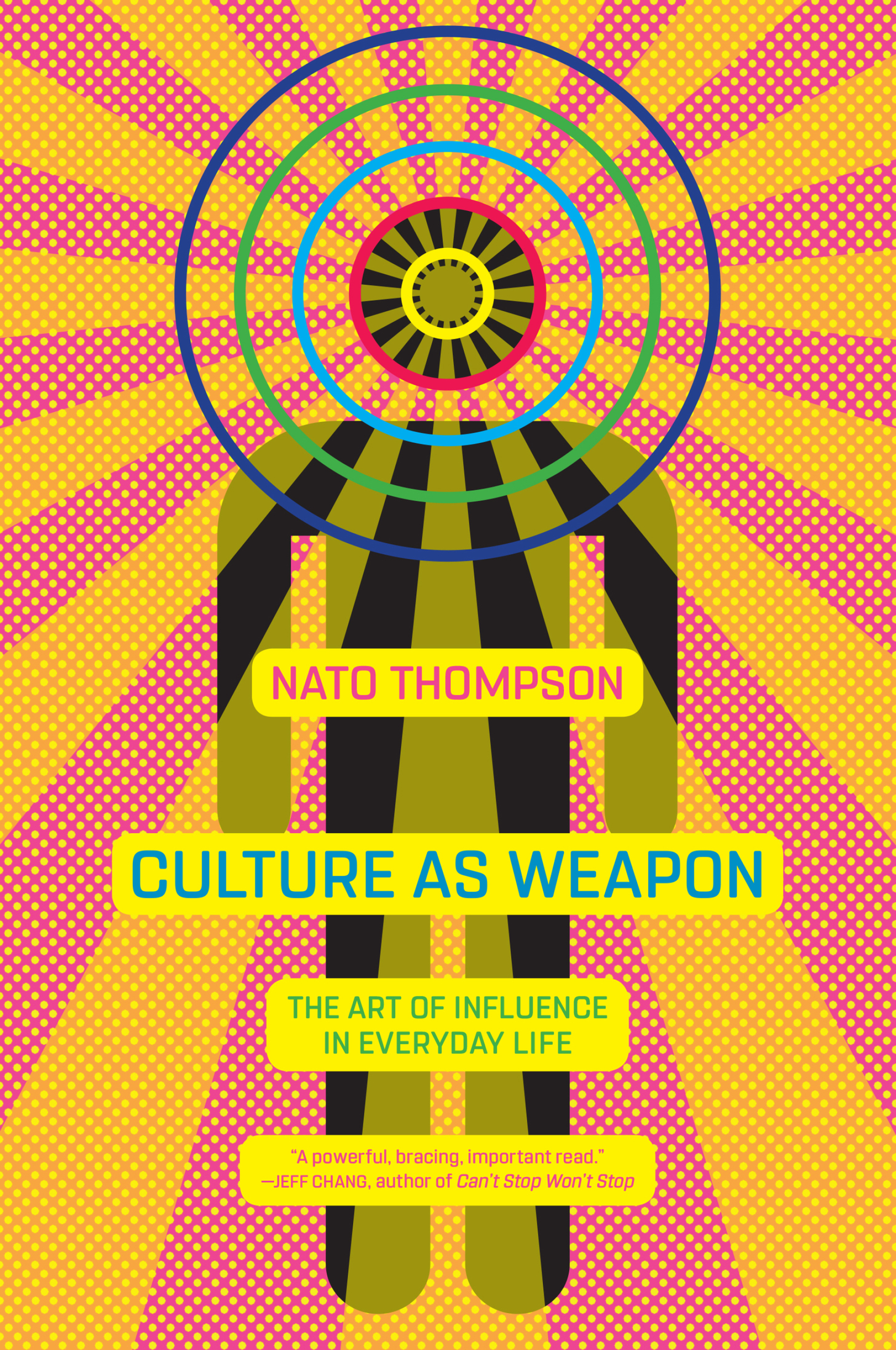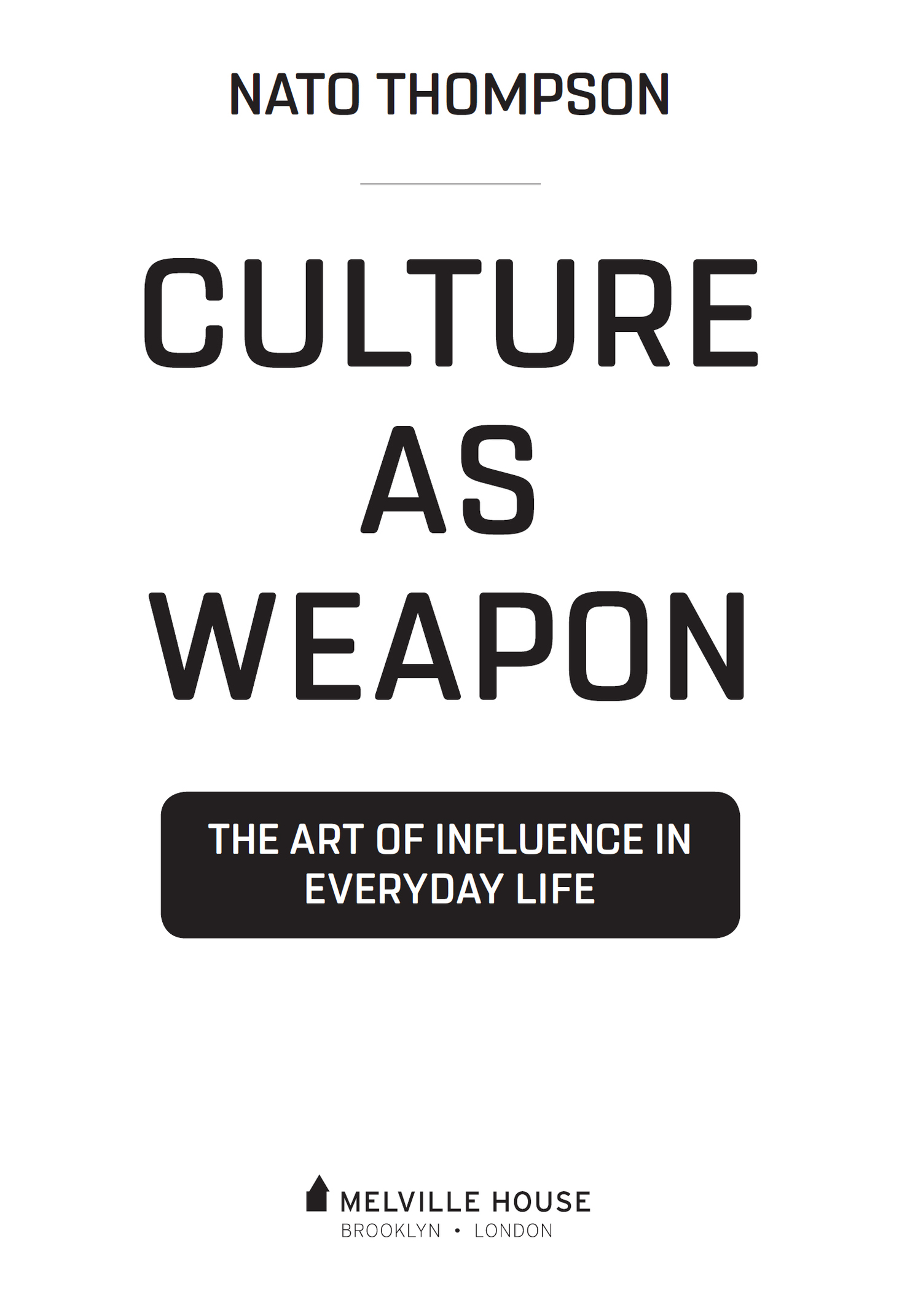INTRODUCTION
As every artist knows, Plato argued that artists should be banned from society. A believer that we live in a pale shadow of a world of perfect forms, he felt that the arts were dangerous imitations, three degrees removed from the world of ideal forms. He feared that the arts could stir the passions of the populace, muddying the objective rationality required in the republic.
Platos opinion certainly runs counter to the operating logic of society today. The United States is a consumer society awash in the products of culture. I consider movies, online programming, video games, advertisements, sports, retail outlets, music, art museums, and social networking all a part of the arts, as they all influence our emotions, actions, and our very understanding of ourselves as citizens. And as much as politicians would never call themselves artists, they all understand the value of showmanship and public relations when it comes to the machinations of governance. But as much as I would like to simply discard Platos warning, it certainly haunted the writing of this book. For that artistic technique of stirring the passions and appealing to the intimate side in each of us has become inseparable from power.
In Culture as Weapon, I do not seek to uncover a cultural conspiracy that puppet masters deploy culture to brainwash us. Instead, I want to explain the ways in which those in power have to use culture to maintain and expand their influence, and the role that we all play in that process. Throughout the twentieth century and into the contemporary era, the world has witnessed the realization of age-old avant-garde demand that art become part of the everyday. Art and life have in fact merged.
At first blush, this train of thought strikes us as fairly obvious. We understand that media is a crucial part of how the world works. We understand that advertising has creeped into many facets of consumer life. And we even understand that spin has come to be a critical part of the political landscape. Ultimately, we understand that message-craft and manipulating the world to cater to how we feel has ingrained itself into every mechanism of power. So, if none of this is new, why write a book?
Simply stated, the industries dependent on shaping how we think have reached an unprecedented scale. As a global strategy deployed at every level, culture has become a profound, and ubiquitous, weapon. Communications and public-relations departments have become essential parts of every business. Global spending on advertising reached nearly $600 billion in 2015. And those are just the measurable aspects of cultures exponential growth. There are countless philosophical questions to be asked: How has the role of music in everyday life changed in the last one hundred years? How many scripted television shows can one watch? How many more creative ways are there to shape the city?
And yet, we remain unappreciative of just how dramatic this shift in the techniques of power has become. In particular, we continue to read the world as though it still has one foot solidly planted in the realm of reason. It is in our global DNA to identify as rational subjects. But perhaps, this Enlightenment-era thinking could use a heavy pause as we discover just how emotional, affective, we truly are.
Certainly this turn away from an Enlightment belief in our own rationality stands on the shoulders of great thinkers from Adorno to Gramsci, from cultural studies of the Birmingham school with figures such as Stuart Hall, Dick Hebidge, and Raymond Williams, to more contemporary, less structuralist, approaches by Judith Butler. But while I invoke some of these theories in the book, my main goal is to make sense of just how affective, how culturally savvy are the institutionsApple stores, Facebook, real-estate moguls, to name just a fewthat we confront daily.
I hope to demonstrate a broad-strokes reading of the uses of culture. We will define culture simply. And in doing so, we begin to see it everywhere, from counterinsurgency tactics in the Iraq War to the origins of IKEA to rock bands singing for aid for Africa to the design of the Mac to the war on drugs. It is a motley assemblage of seemingly disparate phenomenaand intentionally so. For power is visible in the hands of our elected officials as often as it is hidden in a package of inanity. The many forms of power in our world have sophisticated approaches to reaching that very needy, fearful, and social creature we call ourselves.
One of my key hopes for this book is to echo something that Walter Lippmann had voiced long ago: that democracy is a fallible project rhetorically dependent on a rational subject, who, quite frankly, does not exist. In fact, the illusion of the rational subject has been extremely helpful in hiding the totality of these techniques. Understanding the power of association and the uses of emotion can explain a U.S. election better than a lens of capitalism. Just as Marxist philosophers in Britain sought to understand why the British populace turned away from Labour through the rise of Margaret Thatcher, just as Thomas Frank struggled to understand why working-class Kansas voted Republican, and just as, further back, Karl Marx asked why the French people rallied around the tyrant Louis Bonaparte in 1852, I want to make a further contribution to the cultural study of why people dont act rationally.
While it is certainly demonstrable that one can encourage a consumer to purchase Coca-Cola through a clever, large-scale advertising campaign, it remains unclear how the aggregate of advertising approaches collectively affect the opinions and actions of that consumer. It also remains unclear the secondary results of cultural manipulation when deployed by politicians, whether in the case of war abroad or at home. These cumulative effects of the deployment of affect has made for a very messy social terrain. It is sort of like a greenhouse effect of cultural production that changes our sense of the world around us.
Some compelling implications arise when we read power through its use of culture. For example, power has contributed to the strategies and vulnerabilities of social movements by manipulating media and public perception. Media activism and social movements that cull from the techniques of advertising to make a larger point have a long history, but it is useful to appreciate the double-edged nature of deploying culture. Simple factsthat fear motivates faster than hope, that appeals to emotion do not rely on the truth, or that rationality need not drive enthusiasmmake the terrain of activism that uses culture more precarious.
From an arts perspective, I would like to place what is considerated the traditional arts (theater, visual arts, dance, and film) into conversation with not only the commercial arts, but also public relations and advertising. In this way, we can position this more broad definition of art as something that has a potentiality for being both deeply coercive and absolutely powerful. After a century of cultural manipulation, it would be naive to discuss art without simultaneously discussing the manner in which art is already deployed by power daily. With real-estate developers and the tech boom both boldly embracing the power of art to change society, with the deployment of the use of the term


